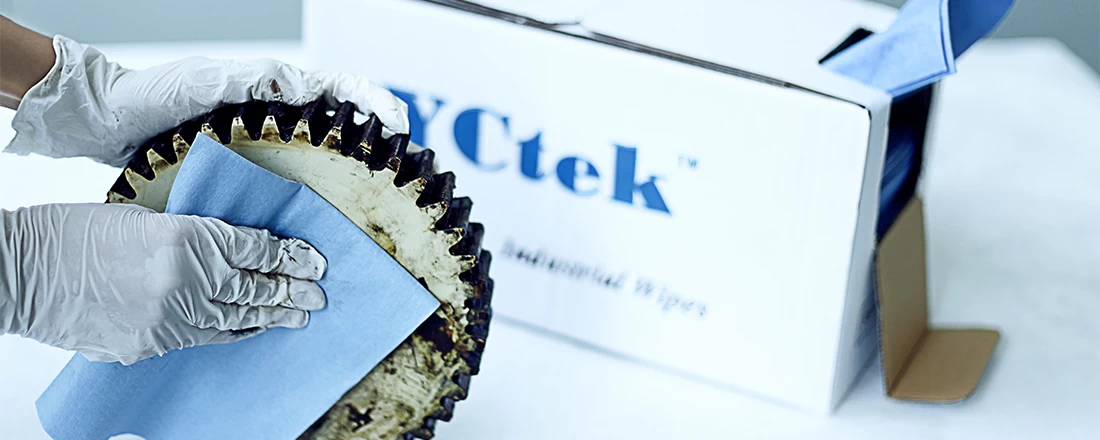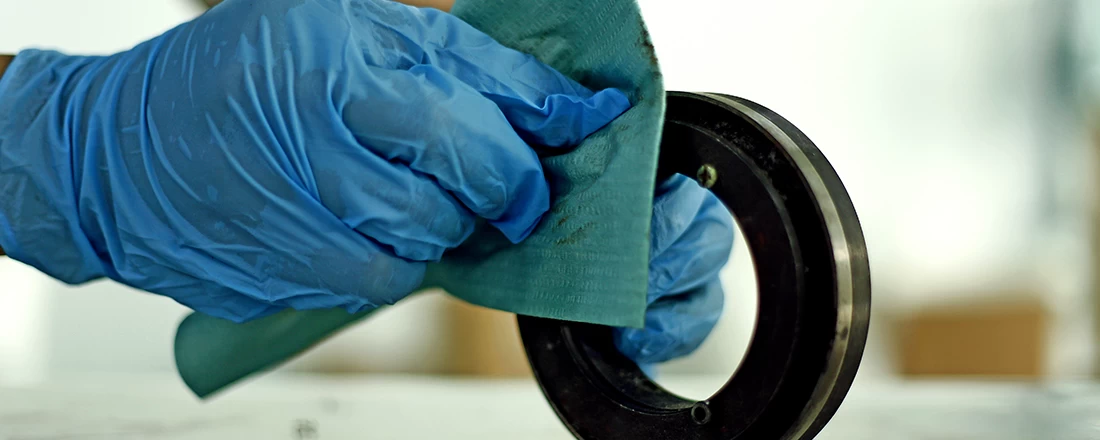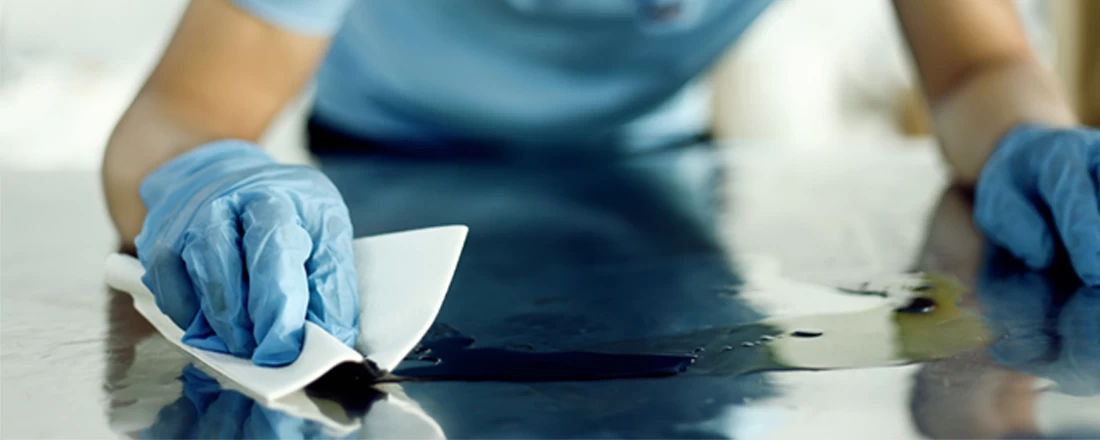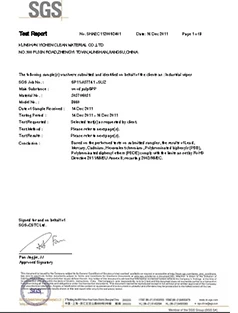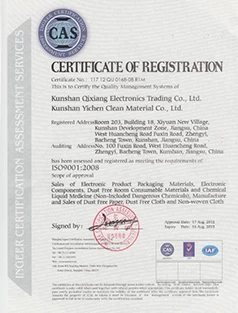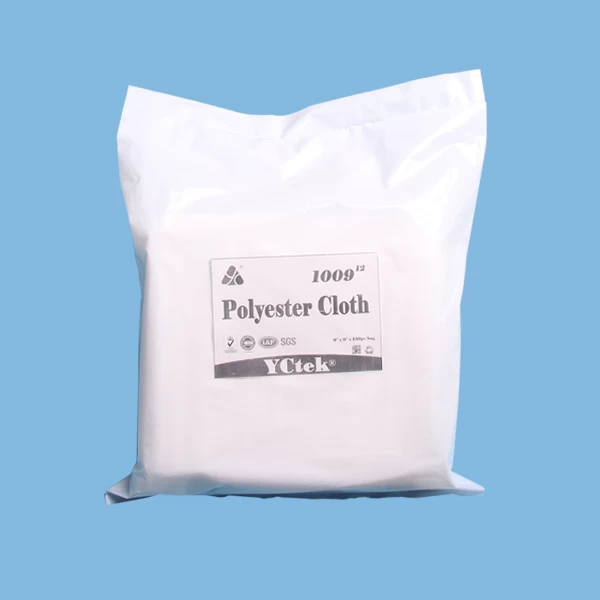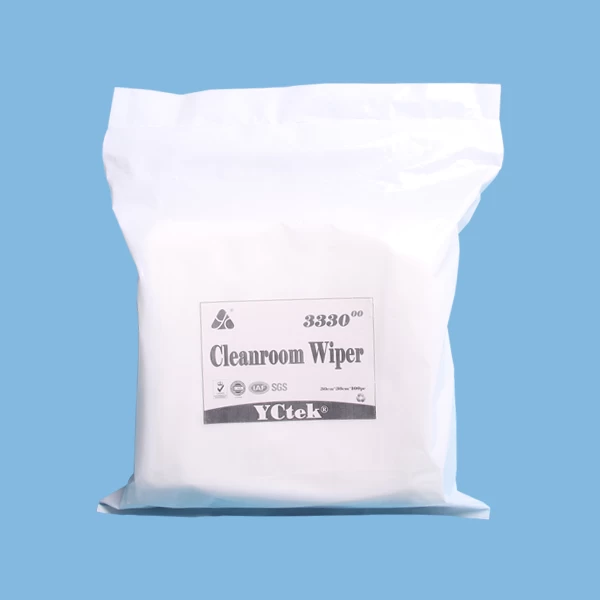MECHANICALLY INTERLOCKED NONWOVEN INDUSTRIAL FABRIC
2017-03-31 15:22:01

Industrial fabrics used in filtration and conveying applications, such as papermaking and the like, are typically formed by interweaving a plurality of polymeric yarns (such as monofilaments, multifilaments, cabled yarns and the like) according to a chosen pattern using an industrial loom. The fabrics are usually woven flat and then subsequently joined along their longitudinal edges by a seam. The fabrics may also be woven without ends, in a tubular form, to a specified width and length, and subsequently installed on a particular machine. Such fabrics can also be produced from one or more modules of nonwoven yarn arrays in which the component yarns are laid parallel to one another and held in place by adhesives and batt material needled through the array.
These fabrics are highly specialized constructions that are designed to be uniquely suitable for their intended end use application. Due to the relatively high cost of equipment required to assemble these fabrics, as well as the specialized labour force needed to guide them through various stages of production, manufacturers have searched for lower cost alternatives for their manufacture.
While nonwoven fabrics are more easily produced, there are the many structural requirements imposed by the manufacturing environments. For example, papermaking fabrics designed for use in the forming, press or dryer sections of the papermaking machine, must provide a uniformly smooth, but porous, surface layer to the paper product. The fabrics must be capable of withstanding mechanical forces when running at speeds of 1,000 m/min or more. They must provide an opposing layer resistant to thermal and chemical degradation, as well as abrasion, so as to provide the purchaser with satisfactory performance and service life.

